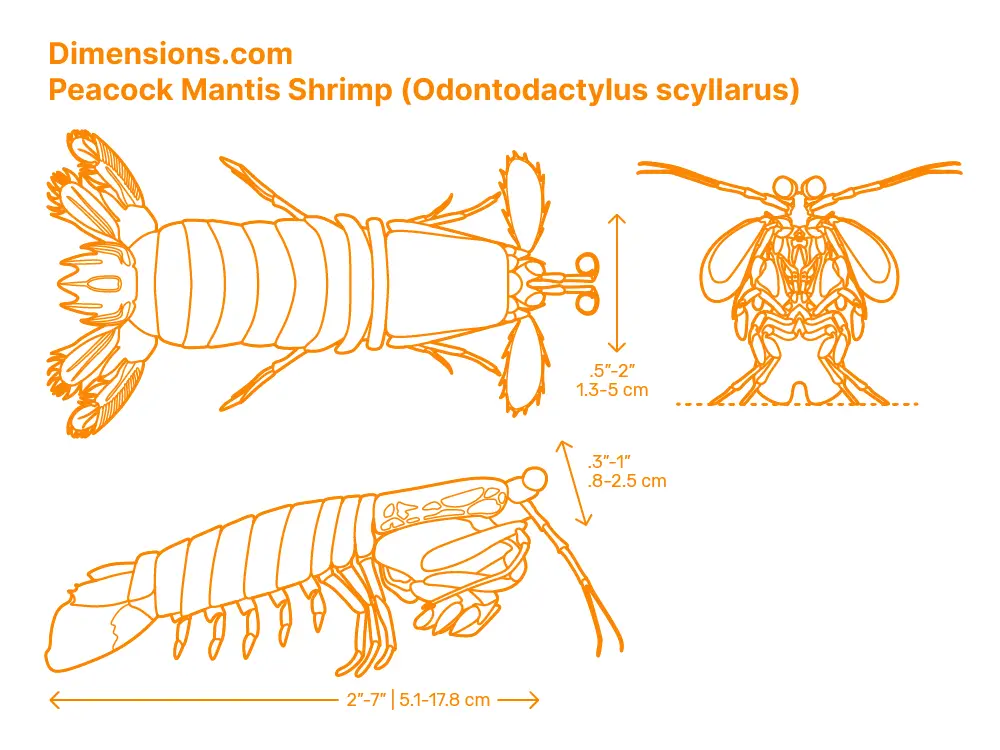Why the Mantis Shrimp’s Bullet-Fast Punch Doesn’t Break Its Own Fist
- 09 Mar 2025
- Uncategorized
- by alasbahimoha
The mantis shrimp is a standout creature in the animal world. Its vibrant, colorful armor makes it one of the most eye-catching crustaceans. Beyond its beauty, it’s known for its incredible strength. This tiny sea creature can smash through crab shells, oyster shells, and even aquarium glass with its powerful “fist.” Physics tells us that such force should also harm the shrimp due to the equal and opposite reaction. Yet, this ocean “boxer” remains unscathed. How does it protect itself?
The mantis shrimp wields a natural weapon: a pair of tough, fist-like appendages called raptorial claws. These claws strike with astonishing speed, rivaling a .22 caliber bullet (about 820 miles per hour), making it one of the fastest movers in the animal kingdom. When it punches, the rapid motion creates a low-pressure zone in the water, forming bubbles through a process called cavitation. These bubbles collapse instantly, unleashing shockwaves, extreme heat (hotter than the sun’s surface for a split second), and even brief flashes of light. The punch delivers force over 1,000 times the shrimp’s body weight. Normally, such energy would damage an animal’s soft tissues, but the mantis shrimp is unaffected.
Researchers from Northwestern University uncovered the secret. The shrimp’s claws have a layered microstructure that blocks harmful sound waves, protecting its body from vibration damage. This structure includes “phononic bandgaps,” which filter out waves that could harm nerves or tissues. A recent study in Science explains that this system lets the shrimp endure repeated high-impact strikes without injury.

The mantis shrimp isn’t a mantis or a true shrimp but it’s a stomatopod, a predatory marine crustacean that evolved 400 million years ago. It preys on mollusks, fish, jellyfish, and other crustaceans. The peacock mantis shrimp, for example, is a top predator in tropical shallows. Its claw has three protective layers. The outer layer is coated with hydroxyapatite (the same material in human teeth and bones). Beneath that, an “impact region” made of herringbone-patterned chitin (a tough polysaccharide) dissipates damaging waves. Deeper still, a “periodic region” with spring-like chitin nanofibers stores and releases energy during a strike, while also filtering out harmful low-frequency waves from bubble collapses.
This design inspires human technology. By studying live shrimp punching force sensors and using lasers to track wave behavior in claw samples, researchers found the impact region handles the most stress, with the periodic region nearly as effective. Together, they neutralize almost all the punch’s force. This rare natural armor could influence future designs for military gear or sports equipment, like helmets, by mimicking the shrimp’s ability to filter ultrasonic waves.
Source: The seemingly indestructible fists of the mantis shrimp can take a punch – Ars Technica
- Mantis shrimp punches match bullet speed and shatter tough shells without self-harm.
- Its claws use layered structures to block damaging sound waves.
- Three layers “hydroxyapatite, chitin impact zone, and spring-like nanofibers” protect it.
- Research shows this could inspire advanced protective gear for humans.